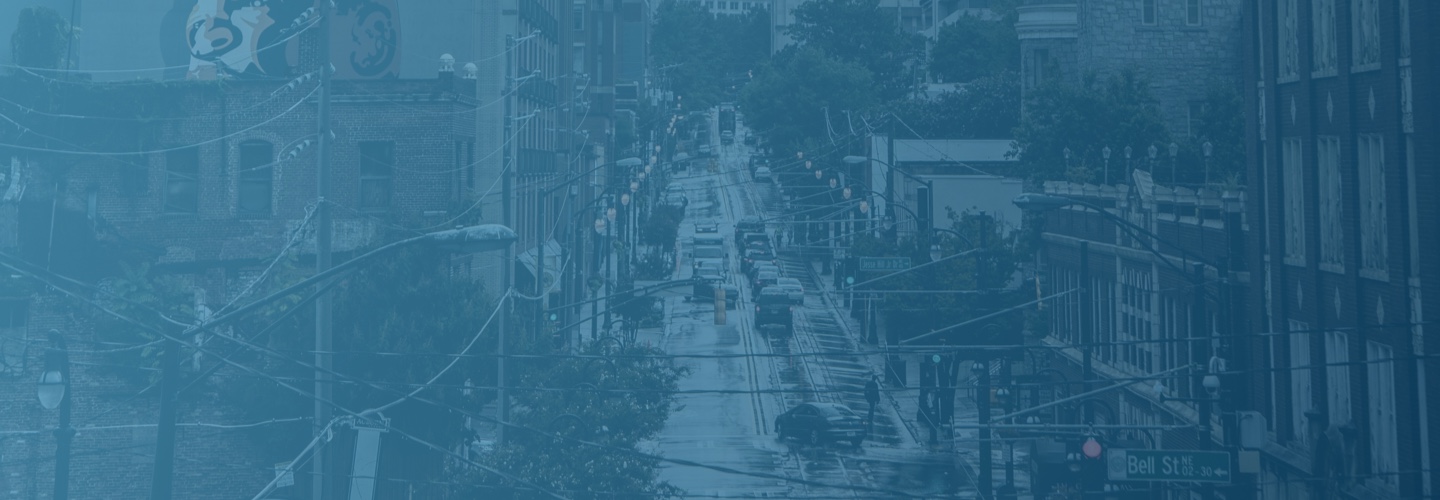Stephen Hasner | Personal Injury | July 8, 2021
A Hangman’s Fracture describes a specific break of the C2 vertebrae in the neck. The C2 vertebra is also called the axis. The name was given to a fracture of the pars interarticularis of the C2 vertebrae because judicial hangings supposedly caused this type of fracture.
The bilateral fracture of the C2 vertebrae is the second most common type of C2 fracture. The most common symptom of a Hangman’s Fracture is neck pain. However, the person may experience other symptoms, depending on the severity of the injuries.
Potential symptoms of a Hangman’s Fracture in severe cases include:
- Neck pain
- Muscle atrophy
- Complete or partial paralysis of the legs and arms
- Inability to speak
- Bowel and bladder incontinence
- Trouble breathing without medical intervention
The immediate concern with a Hangman’s Fracture is spinal cord injury. Spinal cord damage does not usually occur immediately when the C2 vertebrae fractures. The Hangman’s Fracture initially creates increased space around the spinal cord.
However, the fracture causes the vertebrae to become unstable. Without treatment, the bones in the neck may shift and damage the spinal cord.
The spinal cord damage could result in weakness, sensory loss, paralysis, or death. Immediate medical treatment reduces the risk of damage to the spinal cord. For example, a neck brace can stabilize the bones to keep them from shifting and causing injury to the spine.
What Causes Hangman’s Fractures?
A hyperextension injury is the most common cause of Hangman’s Fractures.
Common causes of C2 fractures include:
- Slip and fall accidents
- Car accidents
- Sports and recreational injuries
- Motorcycle crashes
- Workplace accidents
- Bicycle crashes
- Diving accidents
Any accident that causes the head to snap up and back could cause the C2 vertebrae to fracture.
Diagnosing and Treating Hangman’s Fractures
Doctors generally diagnose a broken cervical bone by taking x-rays or ordering an MRI or CT scan. Once the C2 fracture is identified, the goal is to stabilize and align the neck bones to protect the spinal cord from injury.
Generally, a neck brace is used to immobilize the area until the fracture can heal. However, if the fracture is unstable, surgery may be required to align and stabilize the spinal column using metal plates, screws, and wires.
If the fracture did not result in paralysis, the prognosis for a Hangman’s Fracture is relatively good. However, C2 fracture can cause ongoing pain, limited movement, and other complications.
The cost of medical care and personal care can be high in cases involving paralysis or surgery. If another party caused the injury, the person could be entitled to compensation for their injuries.
Filing a Personal Injury Claim for a Hangman’s Fracture
If another person caused the accident or incident that resulted in your broken neck, you could be entitled to compensation for your injuries or damages. However, before you can recover money for your injury claim, you must prove that the other party was responsible for causing your injury.
For example, another driver ran a red light and caused a car crash that broke your neck. Another example would be a store owner who did not clean up a spill. The failure to clean up the spill led to your fall and neck injury.
Once you prove that the other party caused the Hangman’s Fracture, you can demand compensation for several types of damages.
Damages that you might recover for a neck injury claim include:
- The cost of diagnosing and treating the Hangman’s Fracture
- The cost of treating other conditions caused by the fracture, such as paralysis
- The cost of personal care and help with household chores
- Loss of salaries, wages, benefits, and other forms of income
- A decrease in your future earning potential because of a permanent impairment
- Loss of enjoyment of life or quality of life
- Permanent impairments and disabilities
- Emotional distress, mental anguish, and physical pain and suffering
A personal injury lawyer can calculate the correct value of your damages and fight to recover that amount for your claim. An insurance company might downplay your injury, especially if the only symptom you experience is pain. The insurance company may even try to blame you for the cause of your injury.
If you are not familiar with damages or you are unsure of the value of your personal injury claim, talk with an accident lawyer before settling your neck injury claim.
Once you settle your case, you cannot demand more money, even if the insurance company knew it was underpaying your claim. Don’t let this happen to you — talk with a lawyer if you are unsure what to do after a neck injury.
Contact the Atlanta Personal Injury Lawyers at Hasner Law PC For Help
For more information, please contact the Atlanta personal injury law firm of Hasner Law P.C. at our nearest location to schedule a free consultation today.
We serve in Fulton County, Chatham County, and its surrounding areas:
Hasner Law PC – Atlanta Law Office
2839 Paces Ferry Rd SE #1050
Atlanta, GA 30339
(678) 888-4878
Hasner Law PC – Savannah Law Office
221 W York St
Savannah, GA 31401
(912) 234-2334


